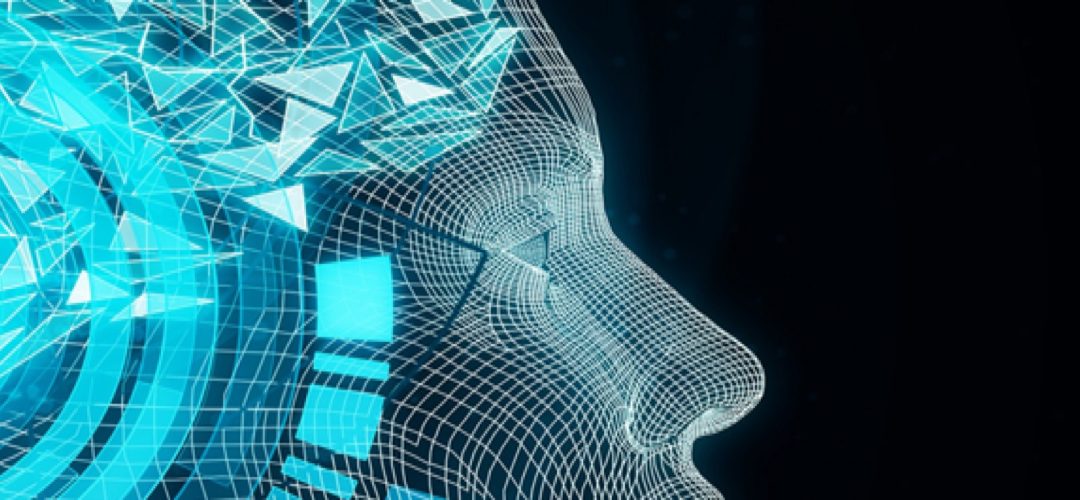
Google Proves Robots Can Learn New Skills From Each Other
Google aims to speed up robotic learning by getting robots to share their experiences and collectively improve their capabilities.
A team of Google researchers combined two recent technology advancements – cloud robotics and machine learning – in an experiment with robots that enabled them to learn for themselves.
BLOG BITES
- Robotic learning is speeding up because robots can share their experiences to improve their capabilities.
- By combining cloud robotics with machine learning, the application of deep neural networks enables robots to learn for themselves.
- Learning skills more quickly and efficiently through collective learning, robots might in the near future acquire richer behavioural repertoires that could eventually make it possible for them to assist us in our daily lives.
Cloud robotics envisions robots sharing data and skills with each other through an online repository. When the robots are trained to independently carry out some action, they can share the ‘experience’ with other robots, just by passing information through any available method of communication. It does away with the time-consuming need to re-programme or re-train robots to perform new tasks. The acceleration of the learning process will enable industrial robots to begin to perform complex tasks much faster than with a traditional approach.
Sergey Levine from the Google Brain Team, along with collaborators from Alphabet subsidiaries DeepMind and X, described their approach for ‘general-purpose skill-learning across multiple robots’.
“The skills learned by the robots are still relatively simple – pushing objects and opening doors – but by learning such skills more quickly and efficiently through collective learning, robots might in the future acquire richer behavioural repertoires that could eventually make it possible for them to assist us in our daily lives,” the researchers said.
The team gave individual robots tasks they had to perform repeatedly. They found that each robot was able to improve its skills over time. The Google team then got the robots to pool their experiences to ‘build a common model of the skill’, which enabled them to perform better and faster than they could have by learning on their own.
Improving the network
In a series of three experiments, the ability to communicate and exchange experiences allowed the robots to learn more quickly and effectively:
In the first, robots were given the task of opening a door, learning the motor skills from trial and error. The robots sent data about their performances to a central server. This was used to build a new neural network that captured how action and success were related. The server then sent the updated neural net information back to the robots, resulting in continuous improvement of the task.
In the second scenario, each robot started with its own copy of a neural network as it ‘played’ with a variety of household objects on a tray. The aim was to get the robots to learn how to interact with the objects, while also creating internal models of the objects, the environment, and their behaviours. Their experiences were combined to build what the researchers call a ‘single predictive model’ that helped them to more quickly understand how to interact with the objects.
In the third scenario, the robots were taught skills with help from humans. A researcher helped a group of robots open doors while a single neural network on a central server encoded their experiences. That was followed by the robots performing a series of repetitions on their own, each more difficult than the previous one, in order to improve the network.
“The combination of human guidance with trial and error learning allowed the robots to collectively learn the skill of door opening in just a couple of hours,” the researchers wrote. “Since the robots were trained on doors that look different from each other, the final policy succeeds on a door with a handle that none of the robots had seen before.”
The idea is that as robots and algorithms improve and become more widely available, pooling their experiences will radically improve the speed and way they are taught to perform valuable tasks.
TAKE NOTE
The ability to learn from experience will likely be key in enabling robots to help with complex real-world tasks, from assisting the elderly with chores and daily activities, to helping us in offices and hospitals, to performing jobs that are too dangerous or unpleasant for people. The skills learned by the robots in Google’s experiments are relatively simple – pushing objects and opening doors – but by learning these skills more quickly and efficiently through collective learning, robots might in the future acquire richer behavioural ranges that could eventually make it possible for them to assist us in our daily lives.
Resources:
https://research.googleblog.com/2016/10/how-robots-can-acquire-new-skills-from.html










